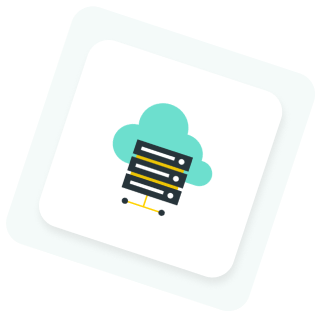Subscription prices from many SaaS companies have been increasing in recent months. While many may have seen it coming, some users have been caught off-guard with throwing more money on the table for SaaS pricing.
In December 2021, Gartner had predicted that the wide embrace of SaaS could lead to increasing costs. The insight focused on the top 20 software vendors who are phasing out the sale of new perpetual licenses, which Gartner predicts will cause software ownership, operations, and support costs to increase by up to 35% by the end of 2025.
One of the biggest SaaS pricing increases from major companies came when Microsoft started raising prices for SaaS solutions including the Microsoft 365 and Office 365 bundles. And, as many of the SaaS companies increase prices, Microsoft offered businesses a 20% discount for those who sign an annual commitment vs. monthly billing.
Other SaaS businesses are raising prices for average revenue, but offering that existing customers could keep their old prices (or get discounts) if they sign a longer-term contract. For instance, Jotform has raised prices on August 1st, but customers could get 50% off current prices if they upgrade and instead pay for annual billing.
What are the reasons these SaaS pricing changes are happening? And what should your company do if there are SaaS spend concerns? How can your company ensure it's landing the right pricing in the SaaS market?
Top reasons for a price increase from SaaS companies in 2023
After extensive market research on SaaS pricing, our experts have figured out two main reasons for the higher prices:
1. Inflation and increased labor costs
Unless you live in a magical place not connected to the global economy, you’ve likely noticed that inflation is a major challenge right now for everyone's pocket money. In the Euro area, annual inflation was 8.6% in June, up from 8.1% in May. In the US, inflation accelerated to 9.1% in June – the highest since November 1981.
This inflation triggers an overwhelming amount of money in many areas, but labor is a key one here, as that’s the main input factor for every tech (e.g. SaaS) company. So even as layoffs ripple across the economy, labor costs overall remain high, and are likely one cause of the price increases.
2. Push for retention
With all the economic uncertainty, the desire for solid retention is increasing even further among high-growth tech companies.
For any SaaS business model, retention – and especially Net Revenue Retention (NRR) – has always been the most important metric. With all the volatility from inflation, a potential recession, and plunging valuations, these companies value retention even higher, and are likely using price increases to get existing customers to commit to longer contracts.
In these cases, the motivation for customers could be to sign a longer commitment in order to pay their old prices or receive discounts. But depending on the situation, this might not be the best option.

How to back your SaaS pricing strategy
As a high-growth company, your team might be receiving monthly or annual price hike notices while also being asked to cut SaaS spending by your leadership. In fact, SaaS spending is one of the top cost centers being squeezed right now – but we also need SaaS to run our businesses. So, what could you do?
For starters, Sastrify founder and CEO Sven Lackinger recommends taking a moment to think before agreeing to a “discount” or change to your billing. “I'd probably recommend Sastrify customers – or any SaaS buyer – to only commit to a longer contract if they actually get better prices than their current ones, not simply to prevent a price increase.”
For existing customers of Sastrify, our dedicated Customer Success team could help you work through these SaaS pricing changes and identify any necessary negotiations.
If you are in the early stage of a SaaS purchasing process, now is the perfect time to get started with Sastrify and guarantee the right pricing strategy on the table. We discover and negotiate the best prices and discounts on the market for your SaaS licenses and get you the savings you’re looking for.

There’s no risk to start optimizing your new and existing SaaS. Book a demo with us and get a free SaaS savings analysis for lifetime value and growth.

















